I had a blast flying Insta360's Antigravity – trust me, it’s the most exciting drone for years, with heaps of video-making potential
A gamechanging drone?
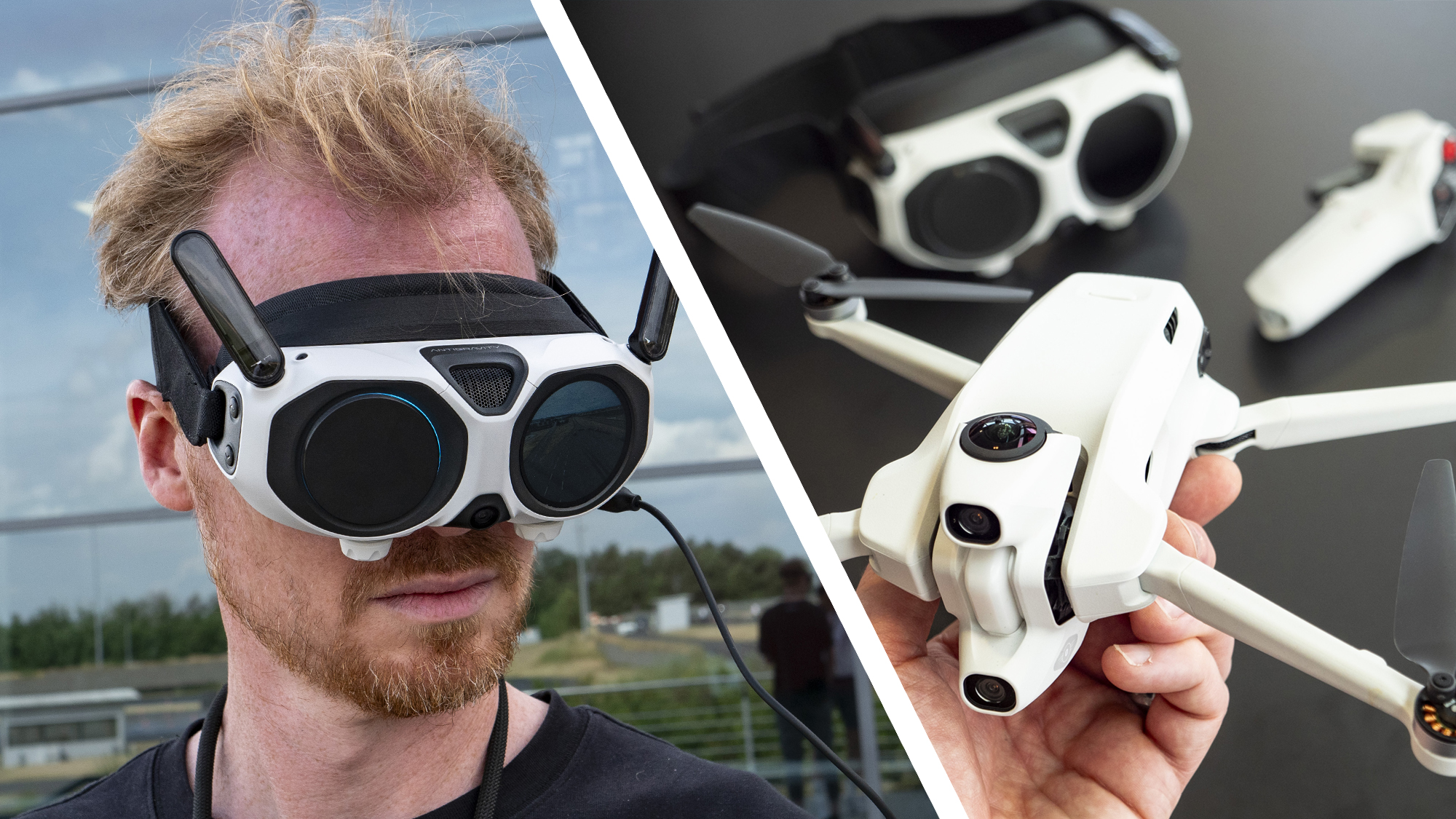
DJI has dominated the drone space for years with the best consumer drones for just about every type of user, experience level and price point. However, a startup brand called Antigravity has created something DJI hasn’t but must wish it had – the world’s first 360 drone.
I flew the new Antigravity A1 drone on two separate occasions ahead of its launch, and the piloting experience felt truly immersive if a little tame, while the aerial videos it can make are totally unique and dynamic.
Incubated by DJI rival Insta360, the Antigravity A1 shoots 8K video with complete 360-degree coverage and weighs less than 250g, which puts it in the restriction-free weight category. In a nutshell, it’s a flying Insta360 X5 – and that’s huge.
I’ve already experienced what the X5 – which tops of our list of the best handheld 360 cameras – is capable of, namely the cool video effects you can easily create using the Insta360 Studio app. And it’s these same skills, but with aerial capture thrown into the mix, which make the Antigravity drone so exciting.

What's 360 flight like?
In a word, immersive. And more specifically to the Antigravity A1 – extremely easy.
To fully experience the Antigravity A1 360 drone you’ll want the accompanying Vision Goggles – which are in themselves an impressive bit of tech – plus the Motion Controller. That's the recommended bundle, which you can see pictured above.
The drone itself looks like any other beginner quadcopter, save for its front-facing sensors and twin cameras – one of which faces directly up, the other directly down.
Sign up for breaking news, reviews, opinion, top tech deals, and more.
The profile of the drone, plus the positioning of its propellors and cameras, are intentional, being designed in such a way as to (with the help of smart algorithms) provide a complete 360 view without the drone and its propellors in the shot – impressive stuff.
It's no exaggeration to say that flying the A1 is child's play. Overcome the disorientation caused by wearing the goggles as the drone takes to the sky, and you'll quickly get to grips with the Motion controller, and how to use it to control the drone's altitude and flight path.
Use the joystick to point the little '+' symbol to where you want to fly and the drone adjusts its path. Motion also works – point the controller up to ascend, extend it sideways to turn, and so on. It's not quite FPV flight thrills, especially given the drone's modest top speeds, but it is a fine introduction to drone piloting.
The manual input for flight moves would be a whole lot slicker with twin controllers, and more thrilling with a genuine FPV mode (fully manual) – we're told both of those features are in the pipeline.
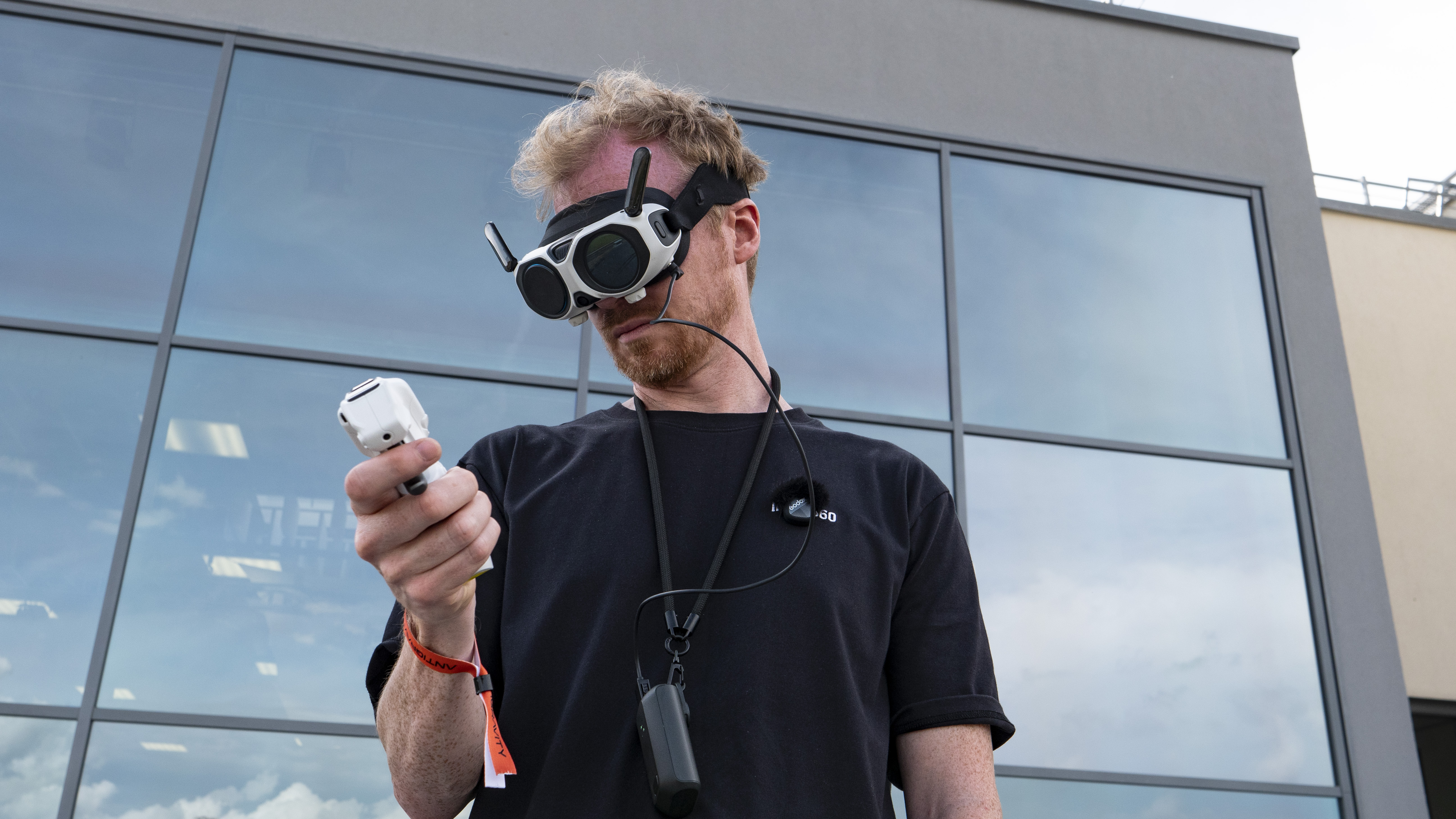
What's essentially new is the ability to independently control flight, viewing and recording at the same time – they aren't linked, as is the case with all other types of drones.
The view through the goggles is smooth and crisp, and being able to look all around as opposed to just to the front feels like an entirely new drone flight experience – you can hover the drone and take the time looking around to really soak in the view. I can totally see this 360 drone being used for immersive tourism, allowing the user to experience places from aerial perspectives.
Your spotter can see the view too – one of the goggle's eyes has an Apple Vision Pro-like outward-facing screen which displays what the drone is seeing (see image gallery, below).
You won't be able to keep up with fast-moving action – the A1's top horizontal speed is a modest 16m/s in its sports mode, or 10m/s and under in any other setting and for ascent / descent. This doesn't feel like the drone for newbies wanting to pick up flight skills and enjoy the thrills – it's more of a controlled, beginner-friendly piloting experience, complete with level 5 wind resistance.
The A1 is fitted with all the safety tech you'd hope for, including object sensing, GPS / Galileo / BeiDou positioning, plus return to home. Its auto landing gear is super-cute too, extending from the drone as you approach the ground for a secure landing and to protect lens on the drone's underside.
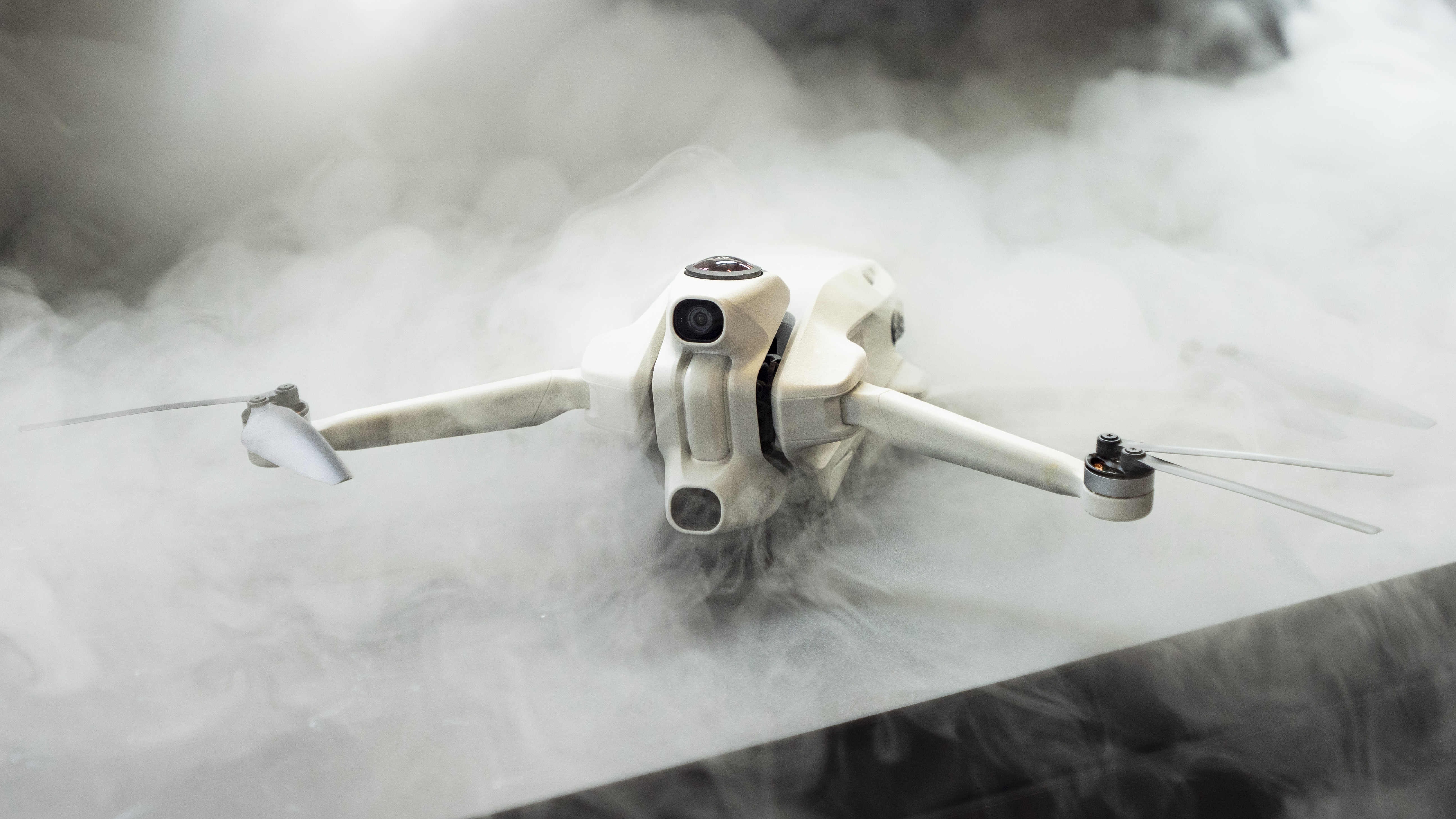
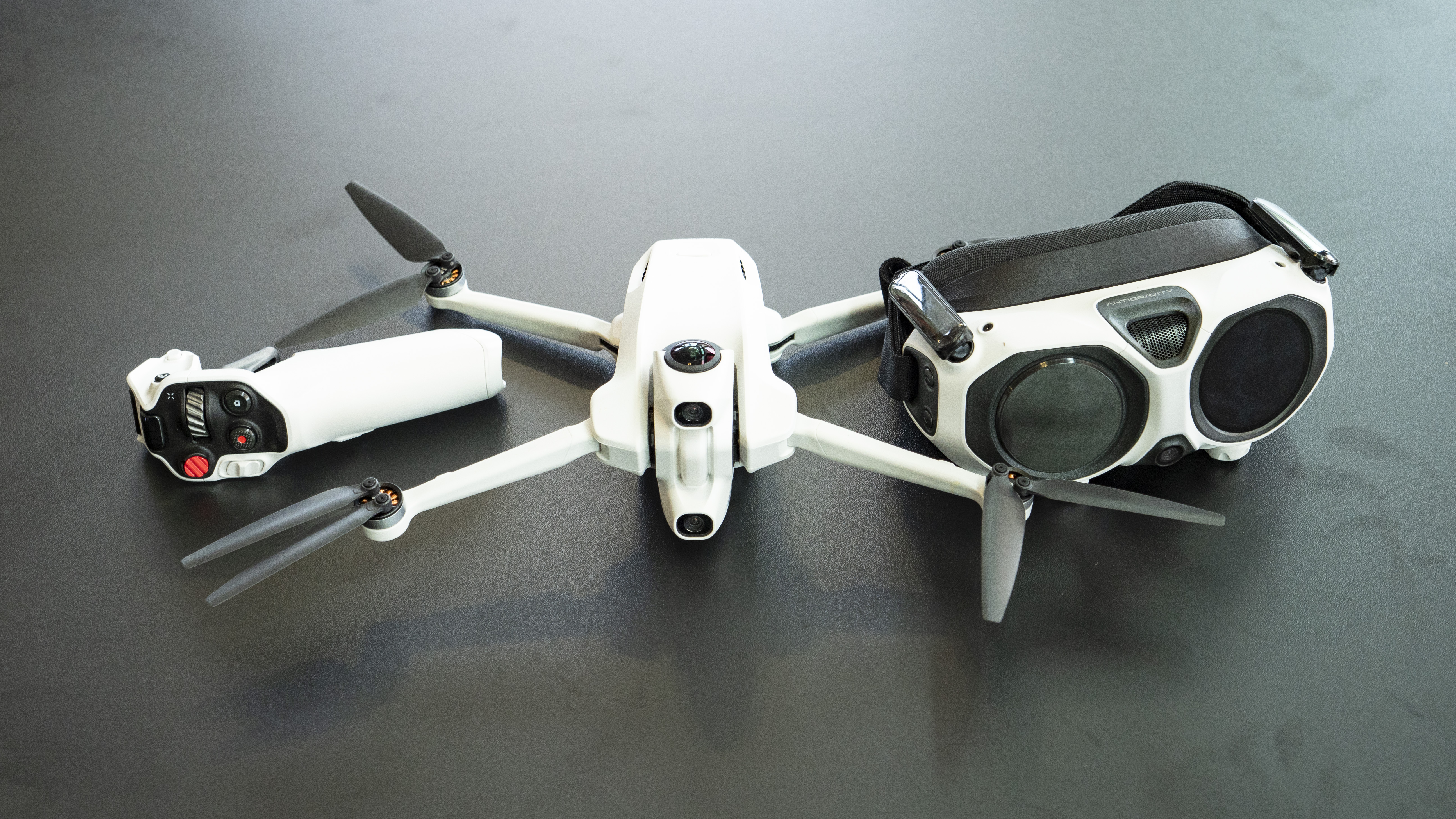
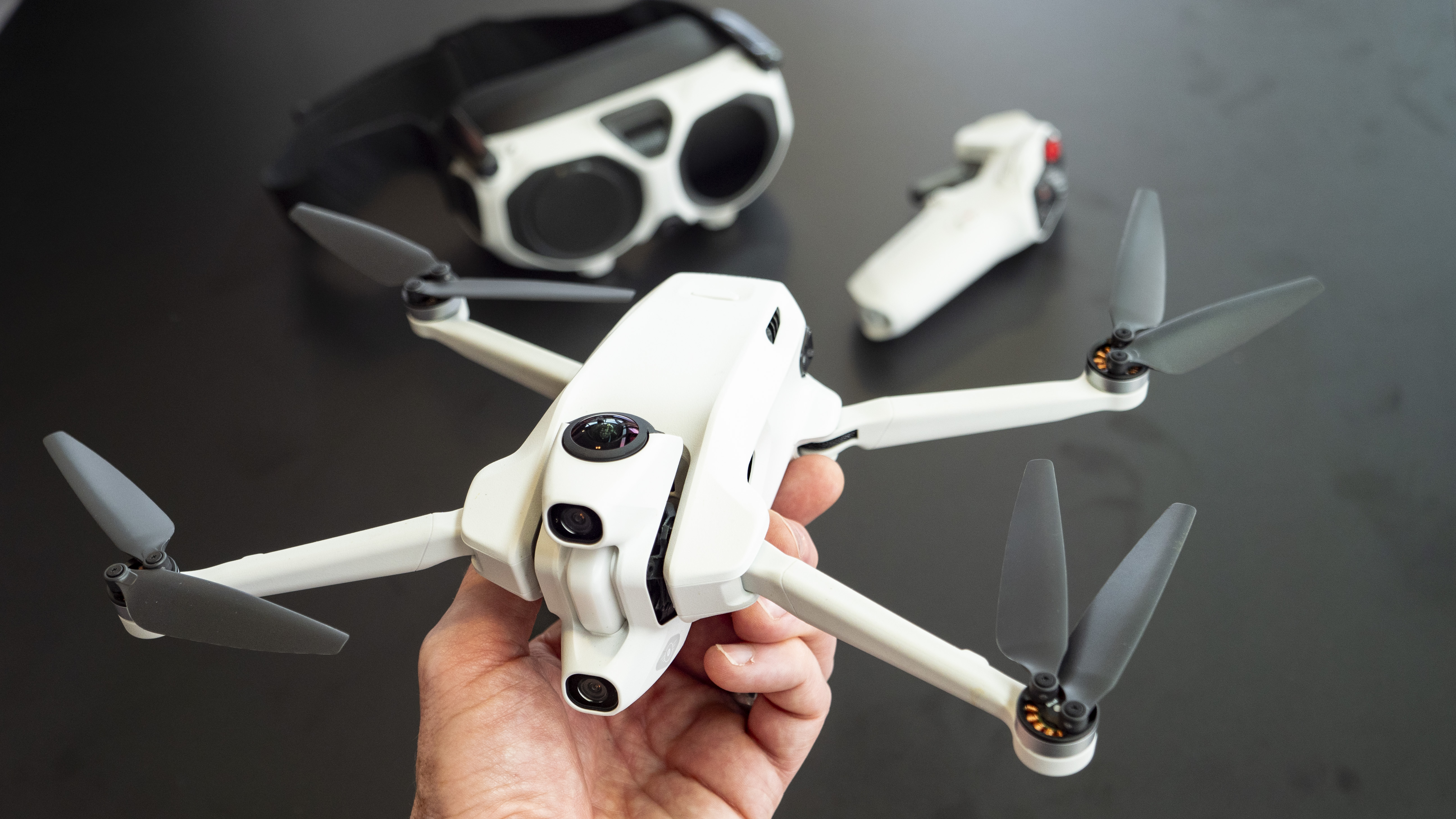
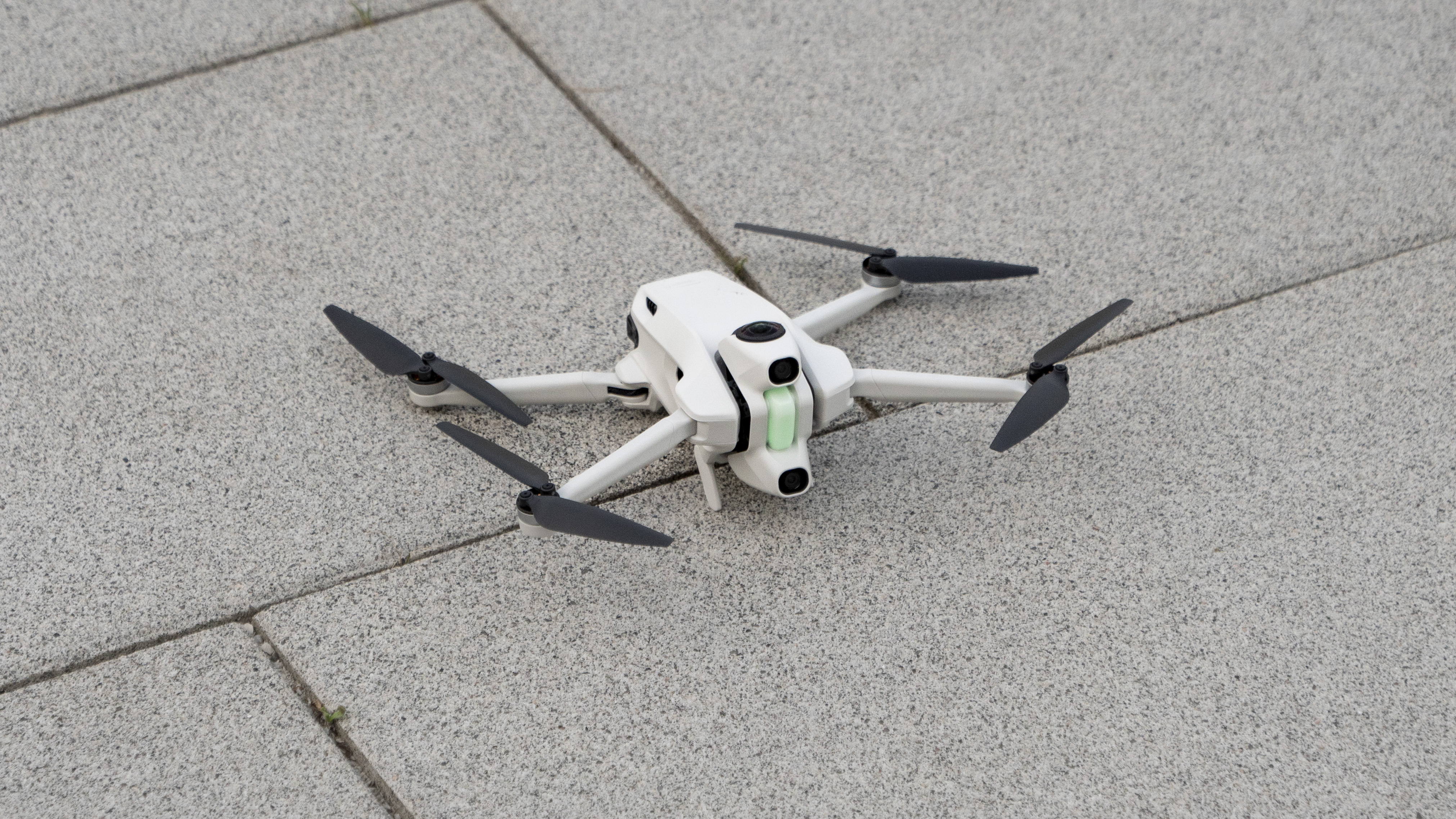
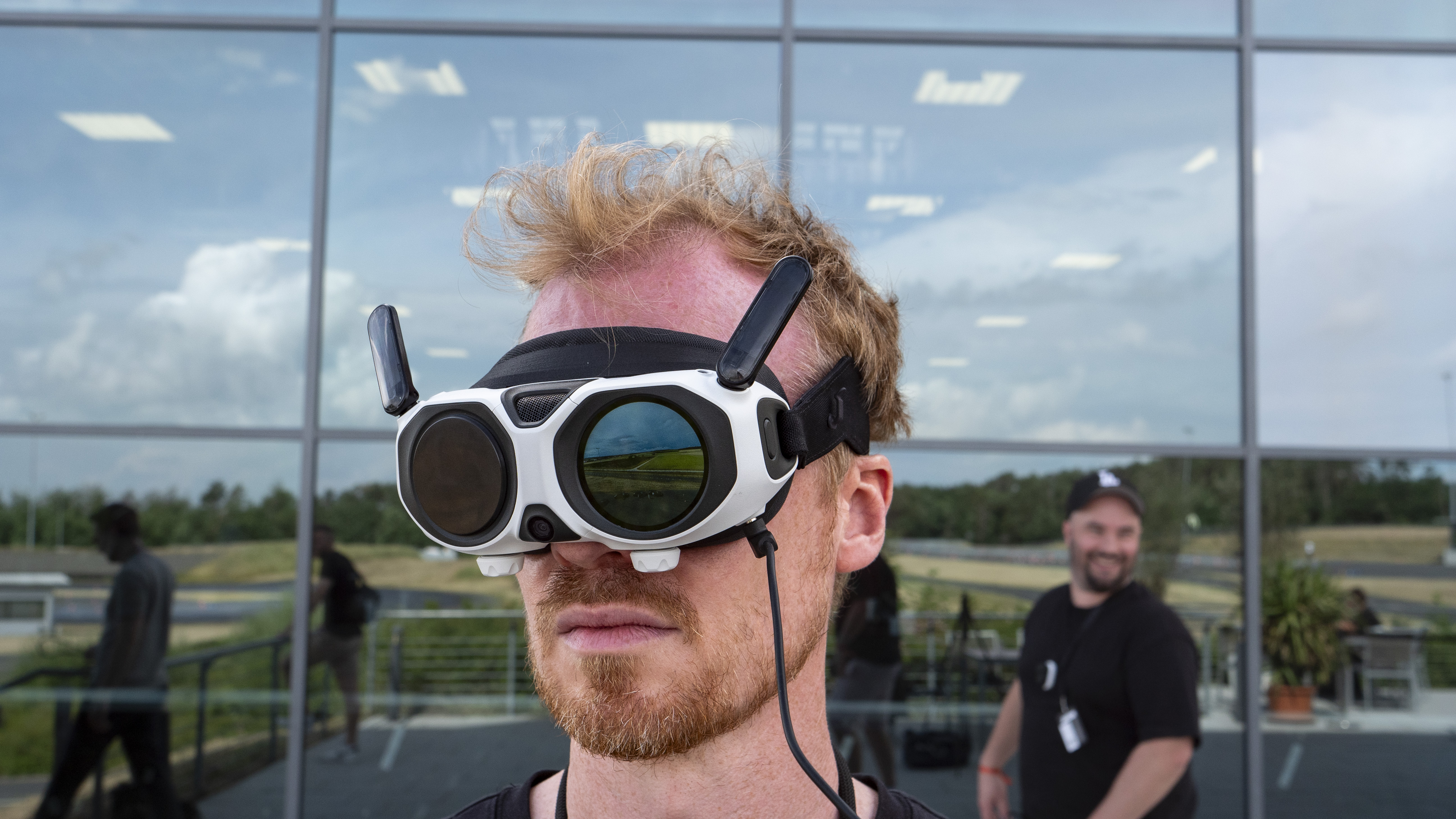
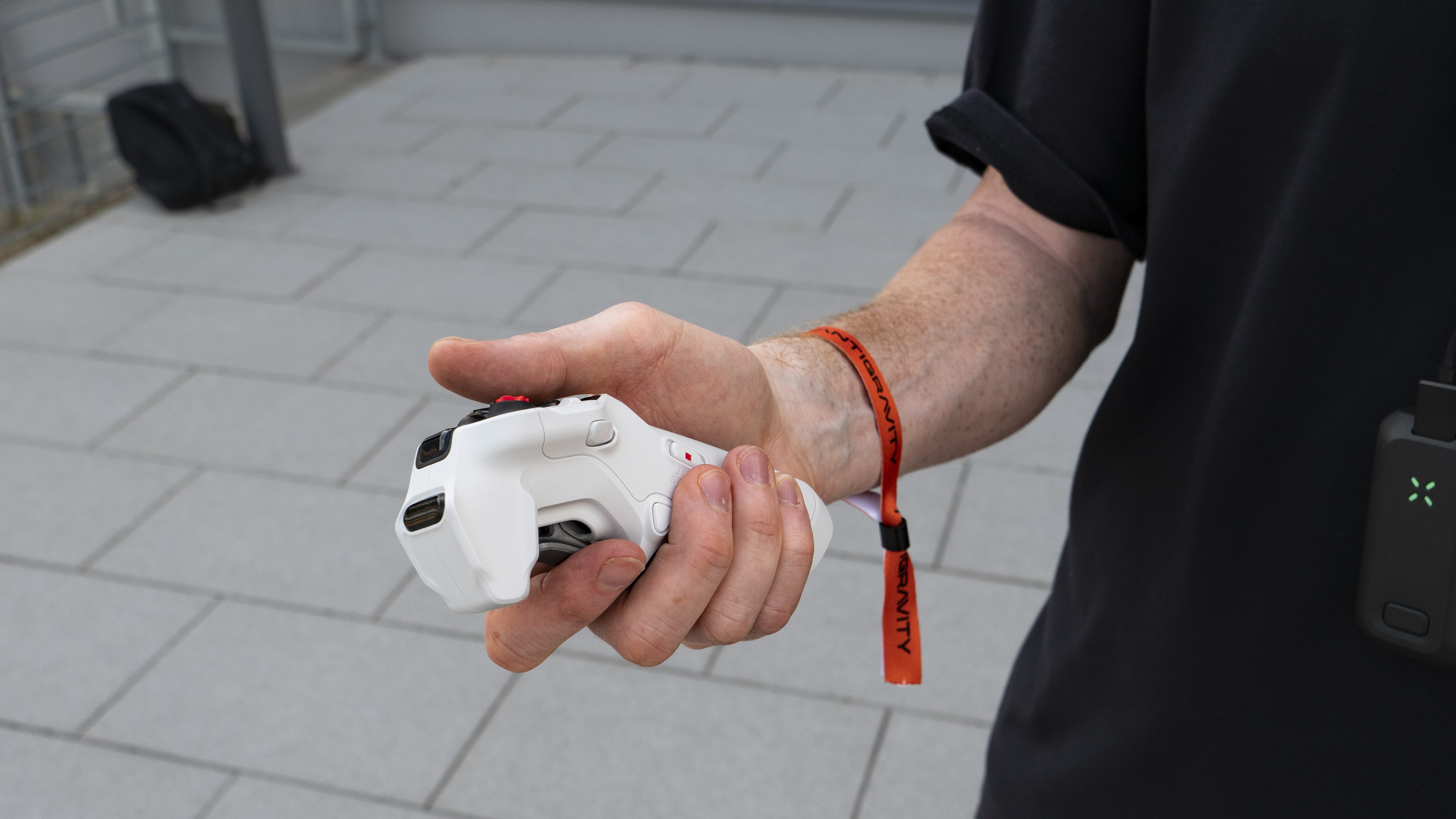
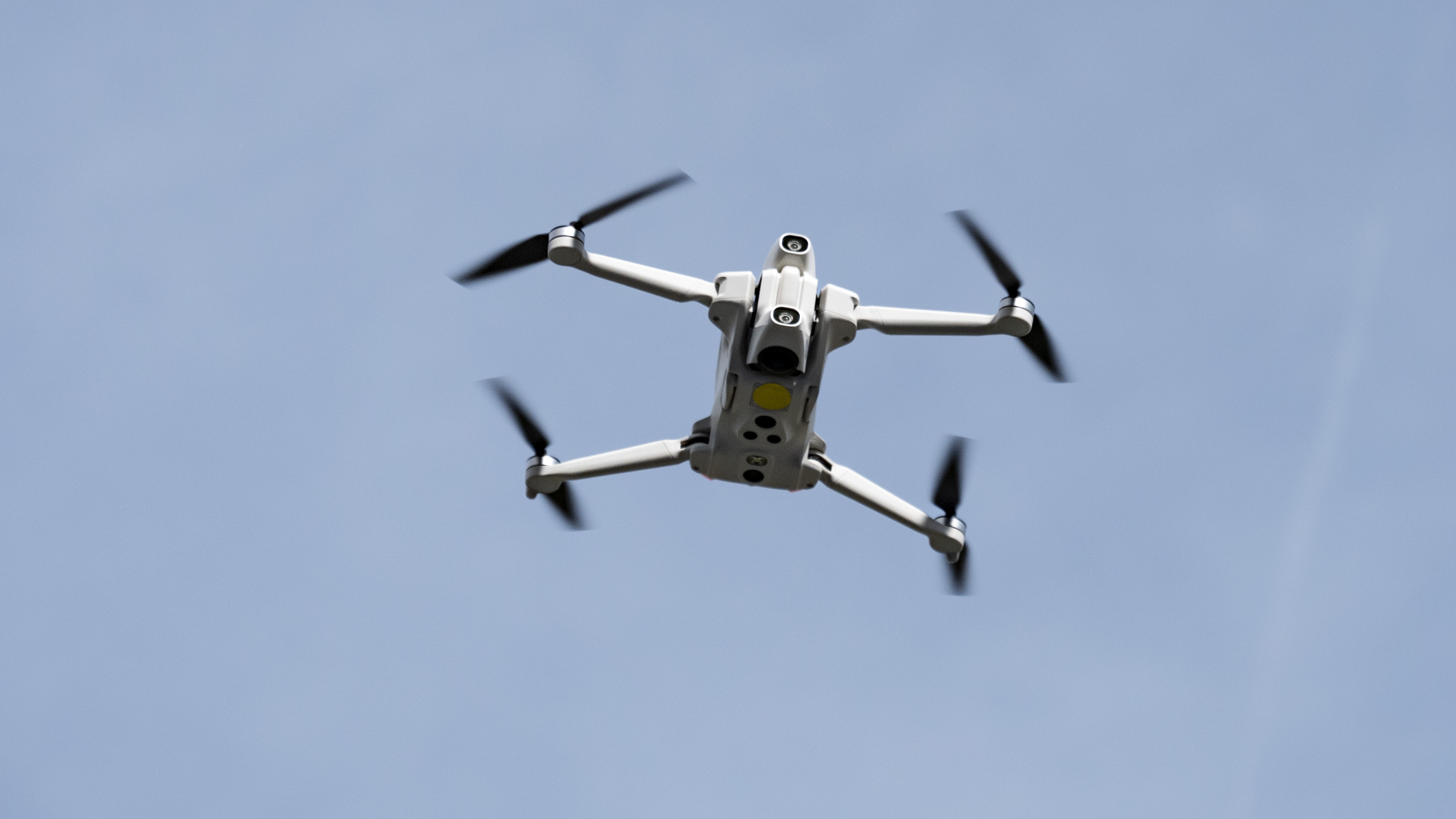

A new kind of aerial filmmaking – for better and for worse
I'm used to flying capable DJI drones and filming what the drone's front-facing camera sees. You're conscious that if the action exits the shot, you lose it, or, that if your piloting skills are a little rough round the edges, that'll be evident in the footage.
There are no such concerns with the Antigravity A1. You don't even need to see the action, just get close to it, because 360 cameras see all around so you can shoot first, frame later.
It took me a while to treat the A1 differently in the way that I flew it, because I'm so used to keeping the action in the shot. But not needing to do that transformed the experience as a pilot, for better and for worse.
On the plus side, the videos I made felt slicker and smoother, thanks to editing. The downside is that flight is much less involved, in that you don't need the skills to track subjects, frame the shots or pull of flight moves – you just need to get close enough, and the editing software will do the rest.
If you want easy, the A1 is it, but if you want the thrills and spills, FPV drones like the DJI Avata 2 are more for you.
Editing – where the magic happens
It's possible to create high-octane aerial footage from this slow and steady drone, by harnessing the power of the Insta360 Studio editing suite to process its 360-degree 8K video footage.
Provided you're in the right place, footage can be reframed to focus in on the action and track subjects – in my test case some speedy cars on a race track – and transformed with popular effects such as 'tiny planet'.
Mimicking FPV-like rolls give the impression of extreme flight skills from what in reality is a drone flying in a straight line, while rapid horizon-to-sky flip transitions work a treat for transporting the viewer from one location to another.
Yes, it's the editing suite where the magic really happens, rather than being down to your piloting skills, and clips can be exported in any popular aspect ratio, such as social media-ready vertical aspect. Much of the time you are in effect 'cheating' with these video effects, but the results look amazing, and the possibilities are truly exciting.
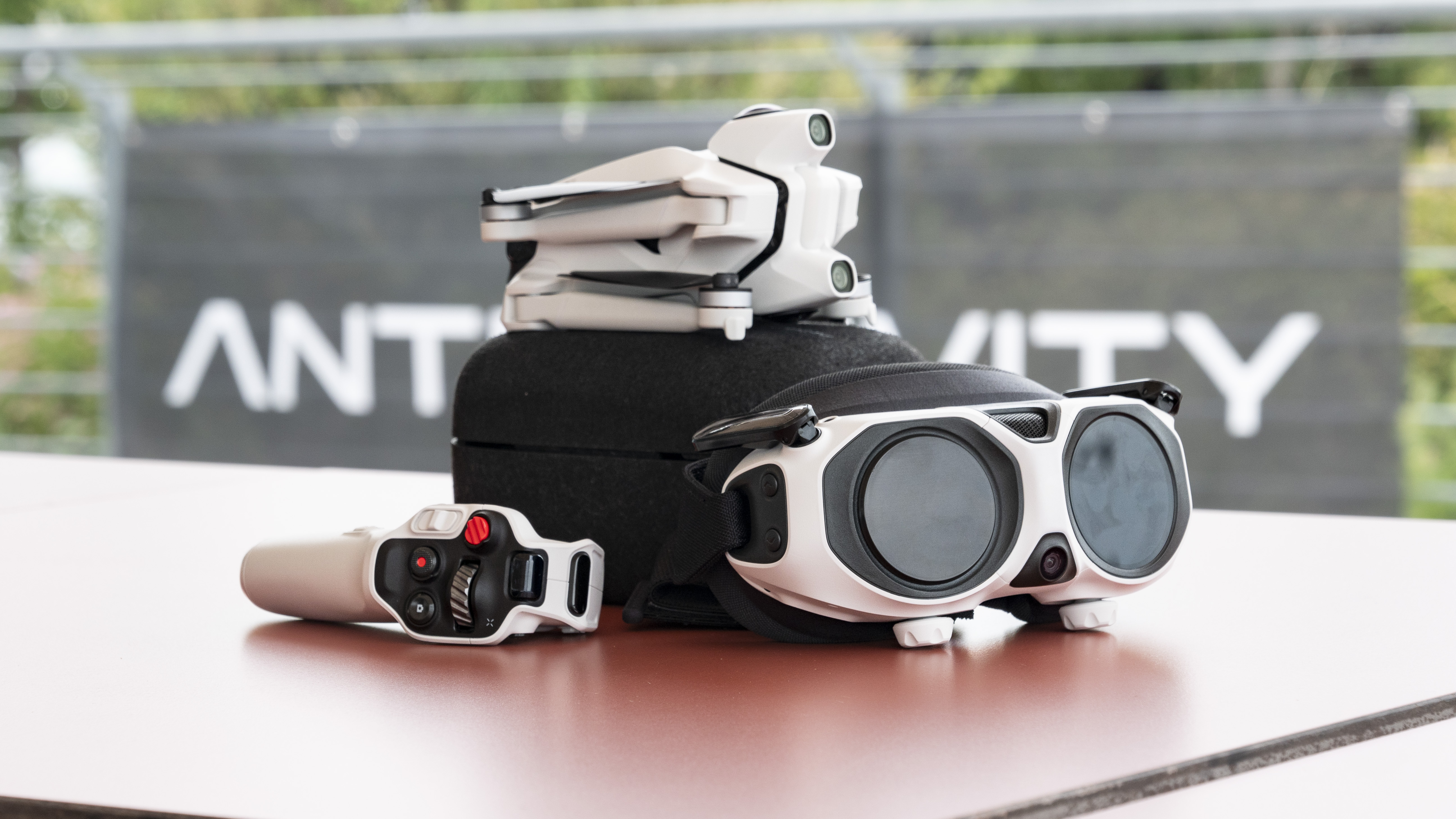
So it's a home run for Antigravity, then?
Not quite. Immersive as the drone is with its complete 360 view seen through its high-quality headset, the actual flight experience is a little tame for anyone other than beginners. Given the A1's modest top speeds, this isn't an experience for the thrill seekers in the way FPV flight can be.
While official pricing has yet to be confirmed, the experience won't come cheap either. You've got the drone itself, packing 360 camera tech – that's twin sensors and lenses, which is twice as much hardware as a beginner drone like the DJI Mini 4K.
Add in the headset, which is an impressive bit of gear, plus the motion controller, and the price effectively doubles again. Antigravity is absolutely right to include all of those components, and to pitch this for beginners in the sub-250g category, but the A1 is likely to be an expensive toy.
Still, there's no other drone that can do what the Antigravity does... yet. I expect DJI to respond fast, especially now that it's got skin in the 360 camera game with the Osmo 360. It won't let a rival enjoy all of the spoils for long, especially when the results look this good.
You might also like

Tim is the Cameras editor at TechRadar. He has enjoyed more than 15 years in the photo video industry with most of those in the world of tech journalism. During his time as Deputy Technical Editor with Amateur Photographer, as a freelancer and consequently editor at Tech Radar, Tim has developed a deeply technical knowledge and practical experience with cameras, educating others through news, reviews and features. He’s also worked in video production for Studio 44 with clients including Canon, and volunteers his spare time to consult a non-profit, diverse stories team based in Nairobi. Tim is curious, a keen creative, avid footballer and runner, and moderate flat white drinker who has lived in Kenya and believes we have much to enjoy and learn from each other.
You must confirm your public display name before commenting
Please logout and then login again, you will then be prompted to enter your display name.